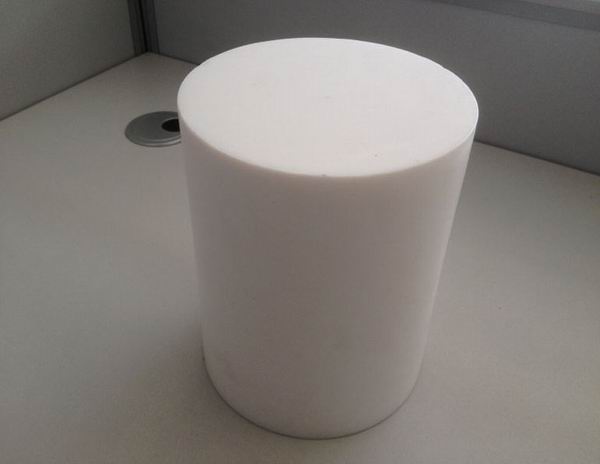|
PTFE Rod

A. Standard Size
|
Diameter(mm) |
Length(mm) |
|
Diameter(mm) |
Tolerance(+/-)mm |
Standard |
Tolerance(+/-)mm |
|
4,5,6 |
0.3 |
>1000mm |
0.2 |
|
7,8,9 |
0.3 |
|
10,13,15,16,18 |
0.5 |
1000mm-3000mm |
1 |
|
20,25,30 |
0.5 |
|
35,40,45,50 |
1 |
|
50-100 |
1.5 |
1000mm-3000mm |
2.5 |
|
101-120 |
2 |
|
130-160 |
2.5 |
1000mm |
3 |
|
20-300 mold rod |
1.0-2.5 |
<300mm |
1.0-3.0 |
B. Technical Data
|
Propertier |
Unit |
Specification |
|
Density |
g/cm3 |
2.10—2.30 |
|
Tensile Strength ≥ |
MPa |
14 |
|
Elongation at break ≥ |
% |
140 |
C. Specification
PTFE Rod is often chosen to produce bearings because of its very low friction and also for its free running ability. Because of its ability to conform to shape otherwise known as flow, PTFE Rod is used for seals in valves, this is because it can conform to shape and create a high specification valve seal. PTFE Rod can easily be machined but due to the surface softness, care must be taken in lathe jaws or high compressive loads, which may cause distortion. Another important element to remember regarding PTFE Rod is the coefficient of expansion due to heat changes; this can be uneven with PTFE and may cause distortion in components.
PTFE Rod is manufactured in two distinct ways, extruded PTFE Rod is the most popular and is relevant to smaller sizes, Moulded PTFE Rod is relevant to the diameters over 100mm in size, smaller sizes are also available in extruded form.
|